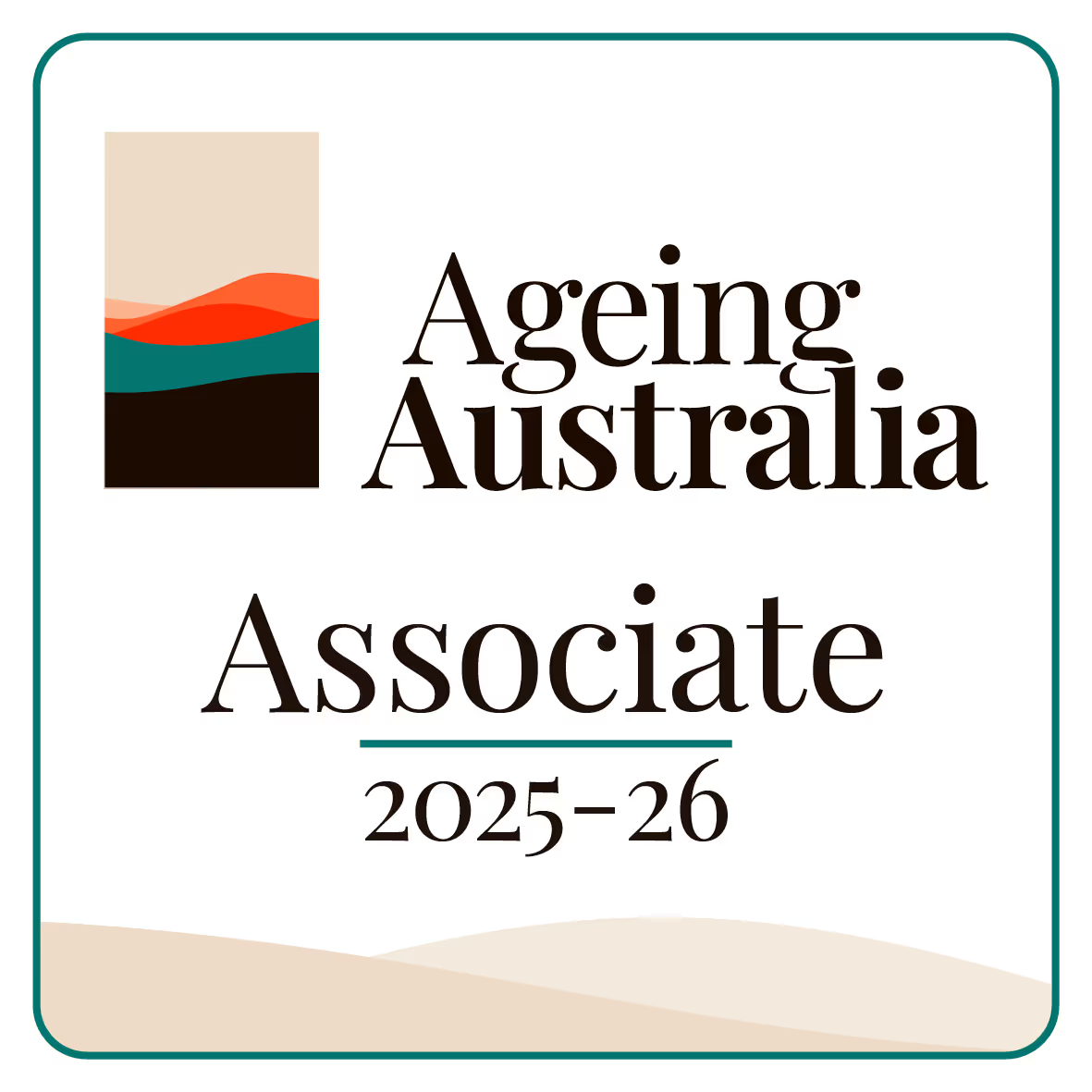What is a Client Record?
A client record is a detailed file that holds all important information about a resident. It contains personal details, medical history, care plans, and progress notes. This record is maintained by the aged care provider and is used to guide the daily care and support given to the resident. The client record is written in clear language and is kept up-to-date so that every member of the care team can easily access and understand the resident's needs.

How Client Records are Maintained
Client records are managed carefully by trained staff. Every time there is a change in a resident’s condition or care plan, this is recorded in the file. Detailed notes on health updates, personal preferences, and service reviews are added regularly. The clear system of record keeping helps to ensure that the care provided is accurate and that the resident’s history is documented properly. These records are kept securely and only accessed by authorized persons, protecting the privacy of the resident.
The Importance of Client Records
.png)
Client records play a vital role in aged care. They offer a clear guide to the resident’s health and personal care needs. With accurate records, care providers can plan services that match the resident’s current condition. These records also help in tracking the progress of care, making it easier to review and adjust the care plan as needed. Families and the care team benefit from the clarity and transparency that the client record provides.
How Client Records are Used
The client record is used every day by the care team. It is the primary source of information when planning care, coordinating treatments, or discussing changes with the resident and their family. The records are also used during regular care plan reviews and inspections to ensure that the facility meets clear quality standards. With detailed and up-to-date records, every decision made is based on the documented needs and history of the resident.
Final Thoughts
A client record is an essential part of aged care. It ensures that every resident receives personalized and respectful care through clear and thorough documentation. By maintaining accurate and up-to-date client records, aged care providers create a safe and supportive environment that builds trust with residents and their families.
Frequently Asked Questions
What is a client record in aged care?
A client record is a detailed file containing all important information about a resident, including personal details, medical history, care plans, and progress notes. It is maintained by the aged care provider and used to guide the daily care and support given to the resident.
How are client records maintained and updated?
Client records are managed carefully by trained staff. They are updated regularly with detailed notes on health updates, changes in a resident’s condition or care plan, personal preferences, and service reviews. This clear system ensures that the resident's history is properly documented.
Why are client records important in aged care?
Client records play a vital role because they offer a clear guide to the resident’s health and personal care needs. They help care providers plan services that match the resident’s current condition and are essential for tracking the progress of care and adjusting the care plan as needed.
Who can access a resident's client record?
These records are kept securely and are only accessed by authorized persons, which protects the privacy of the resident. The care team uses it daily, and it's also a source of information for discussions with the resident and their family.
How is the client record used by the care team?
The client record is the primary source of information used every day for planning care, coordinating treatments, or discussing changes with the resident and their family. The records are also used during regular care plan reviews and inspections to ensure the facility meets quality standards.






